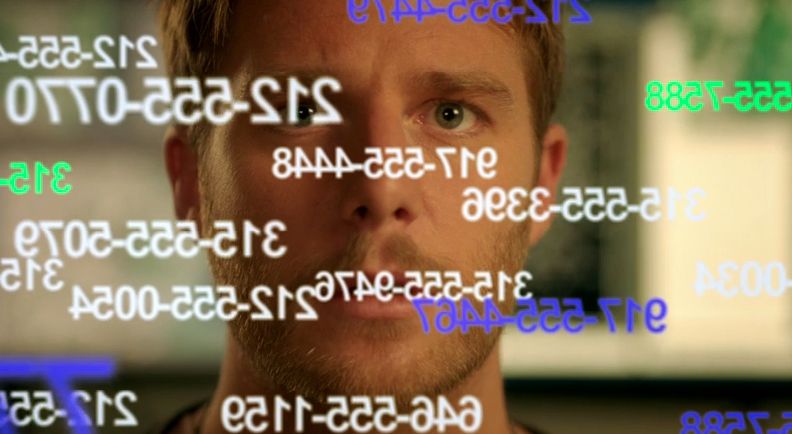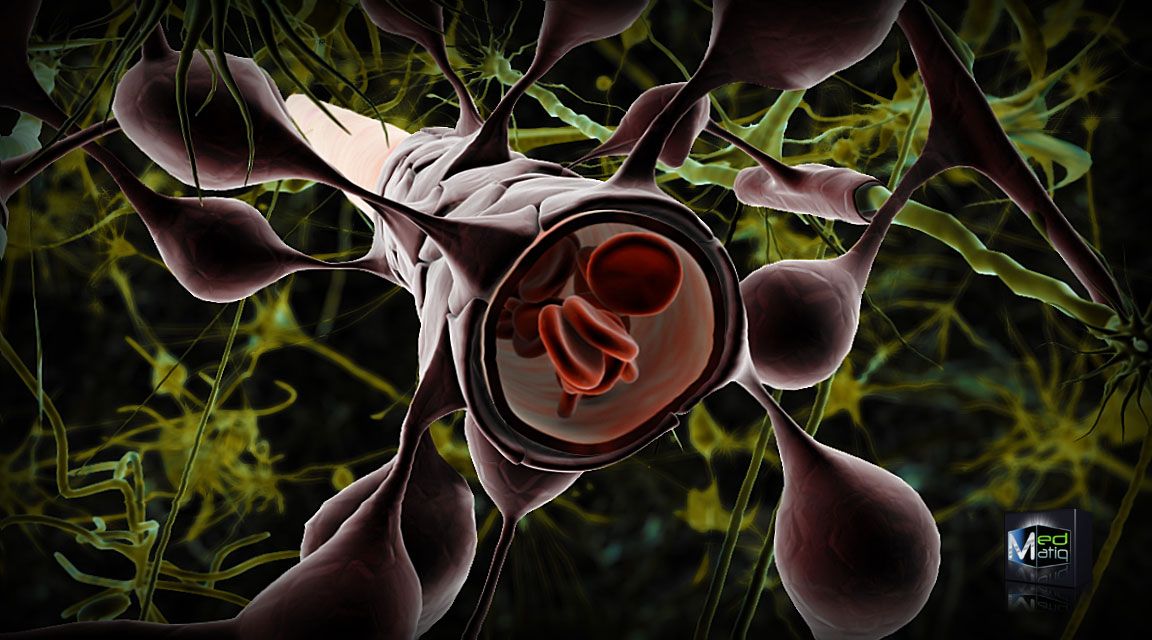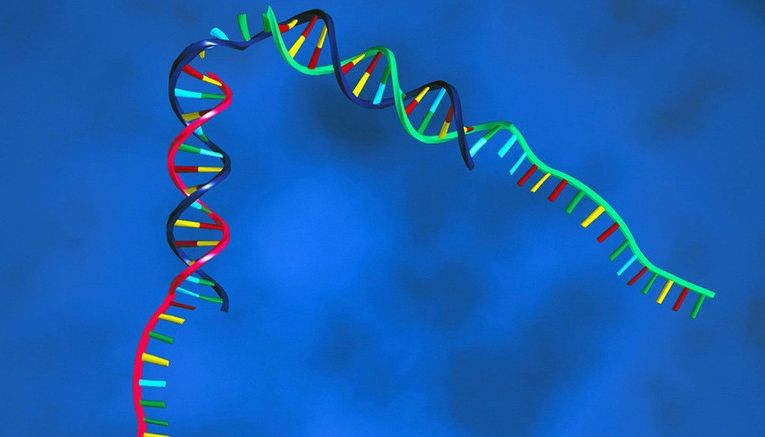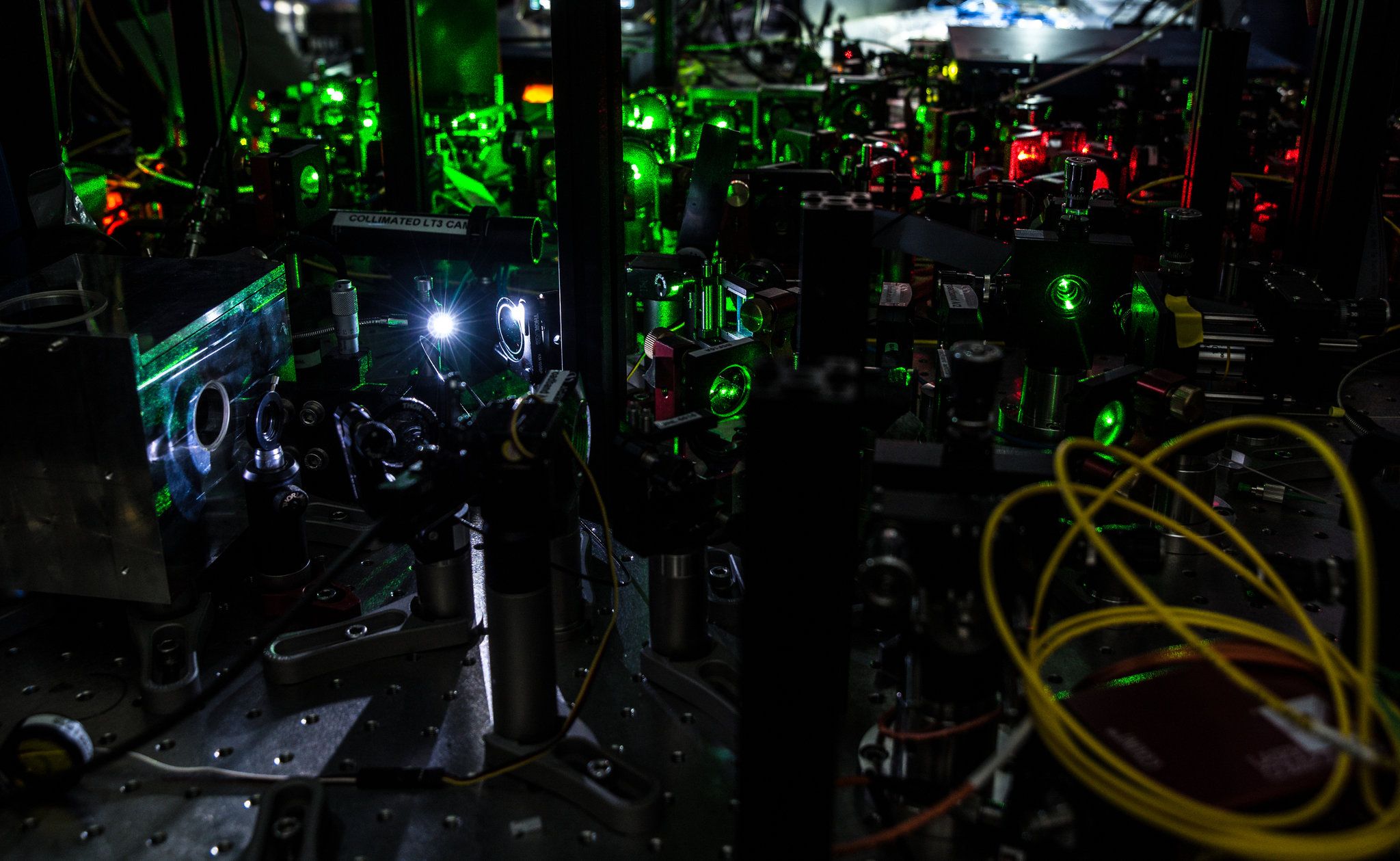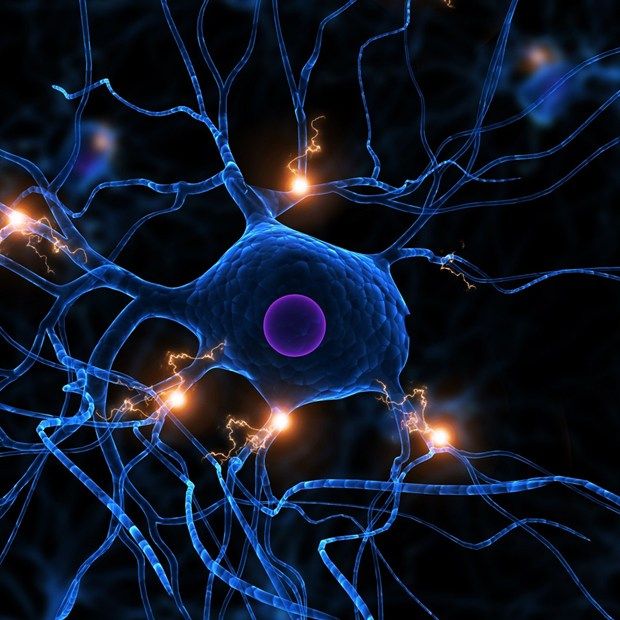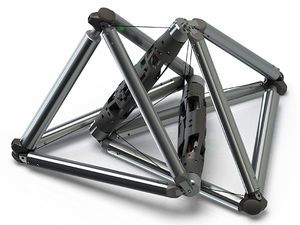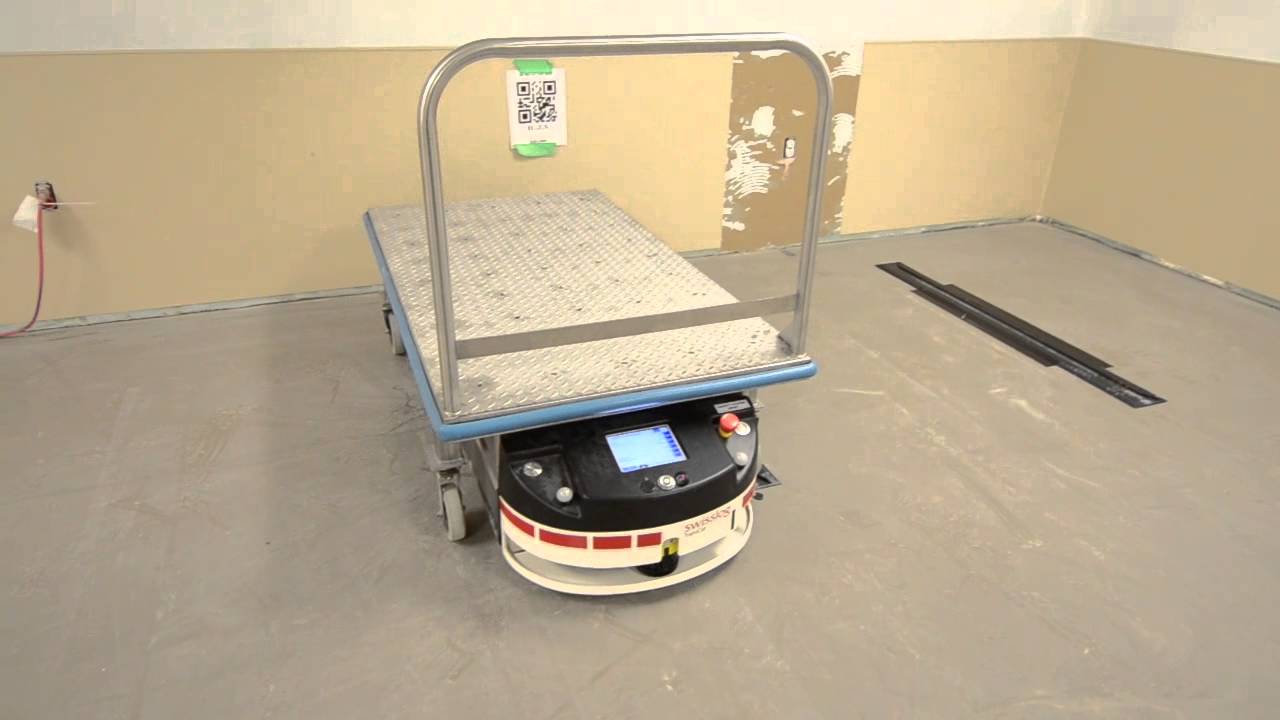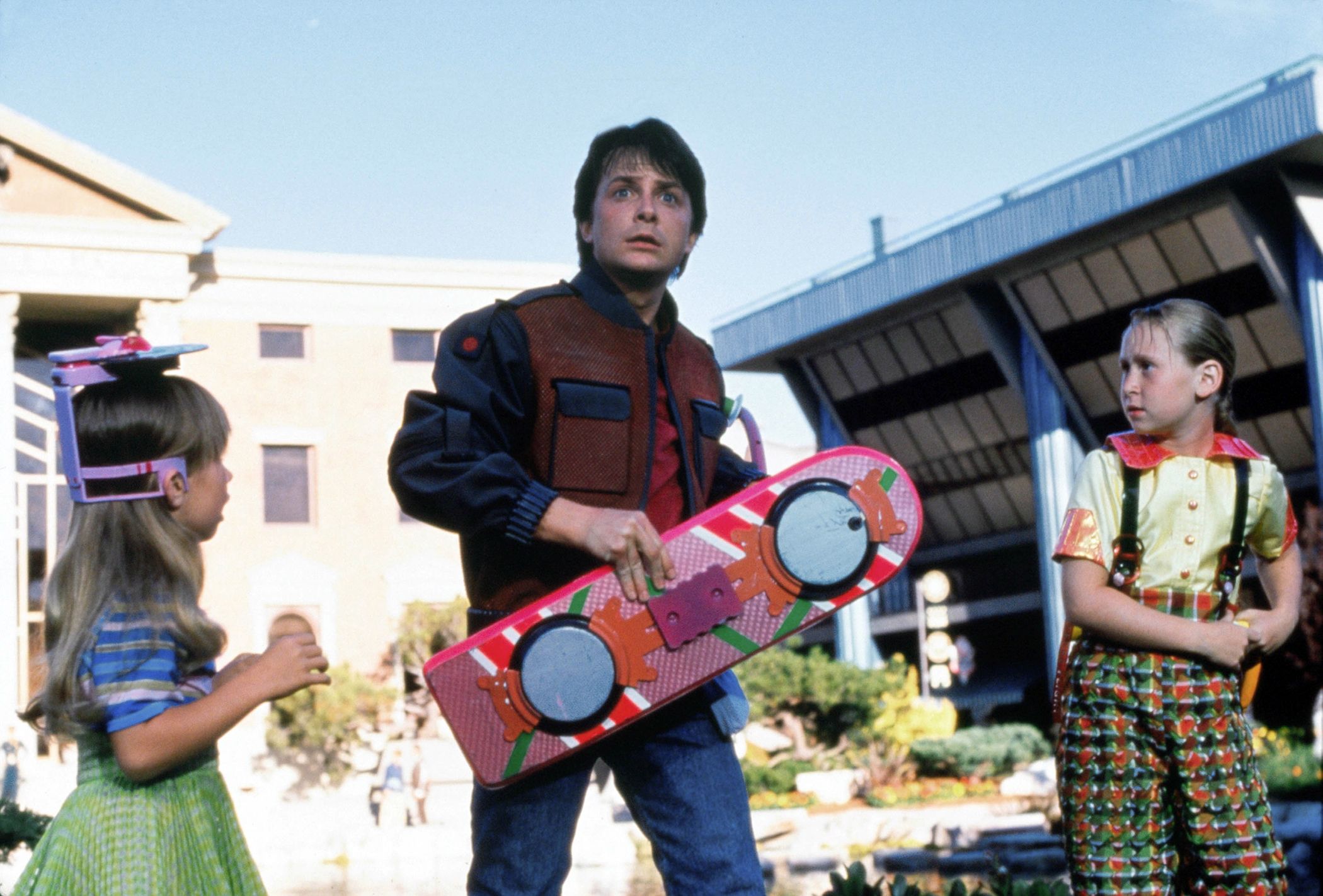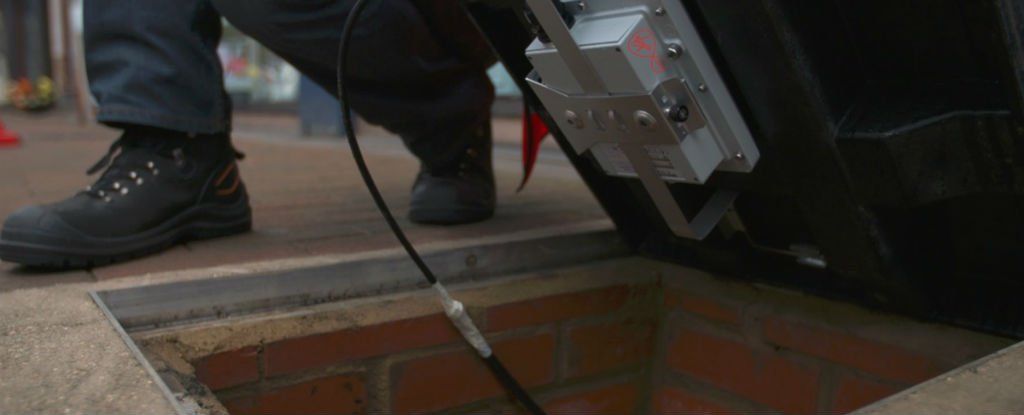Oct 22, 2015
Is your thinking chaotic? There’s a model for that.
Posted by Sean Brazell in categories: mobile phones, neuroscience
A representation of a stable sequential working memory; different information items or memory patterns are shown in different colors. (credit: Image adopted from Rabinovich, M.I. et al. (2014))
Try to remember a phone number. You’re now using “sequential memory,” in which your mind processes a sequence of numbers, events, or ideas. It underlies how people think, perceive, and interact as social beings. To understand how sequential memory works, researchers have built mathematical models that mimic this process.
Cognitive modes
Continue reading “Is your thinking chaotic? There’s a model for that.” »
